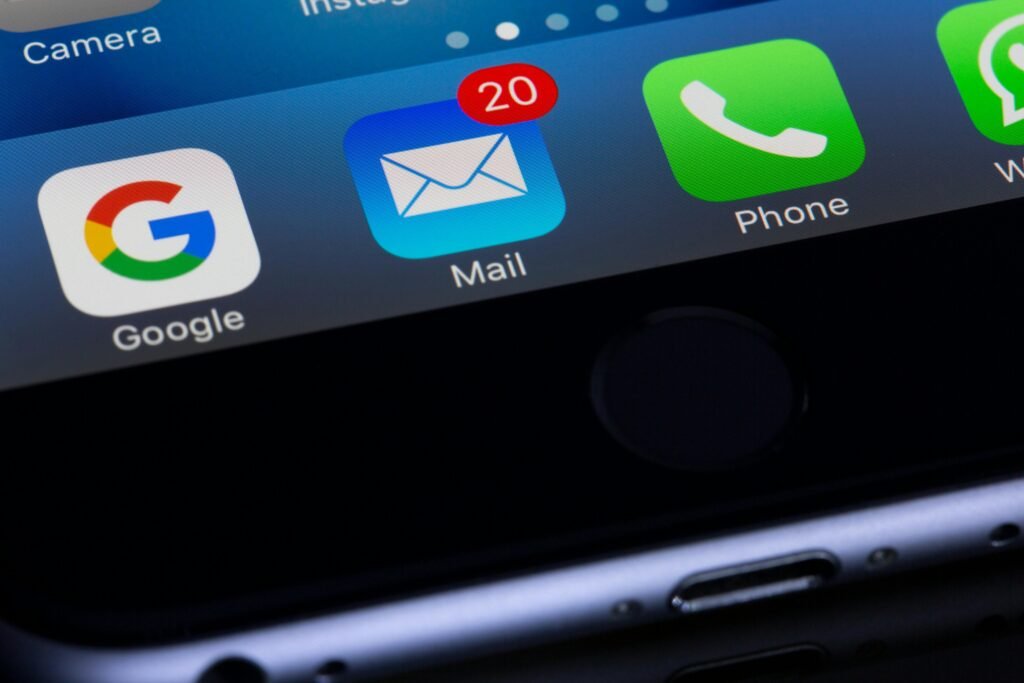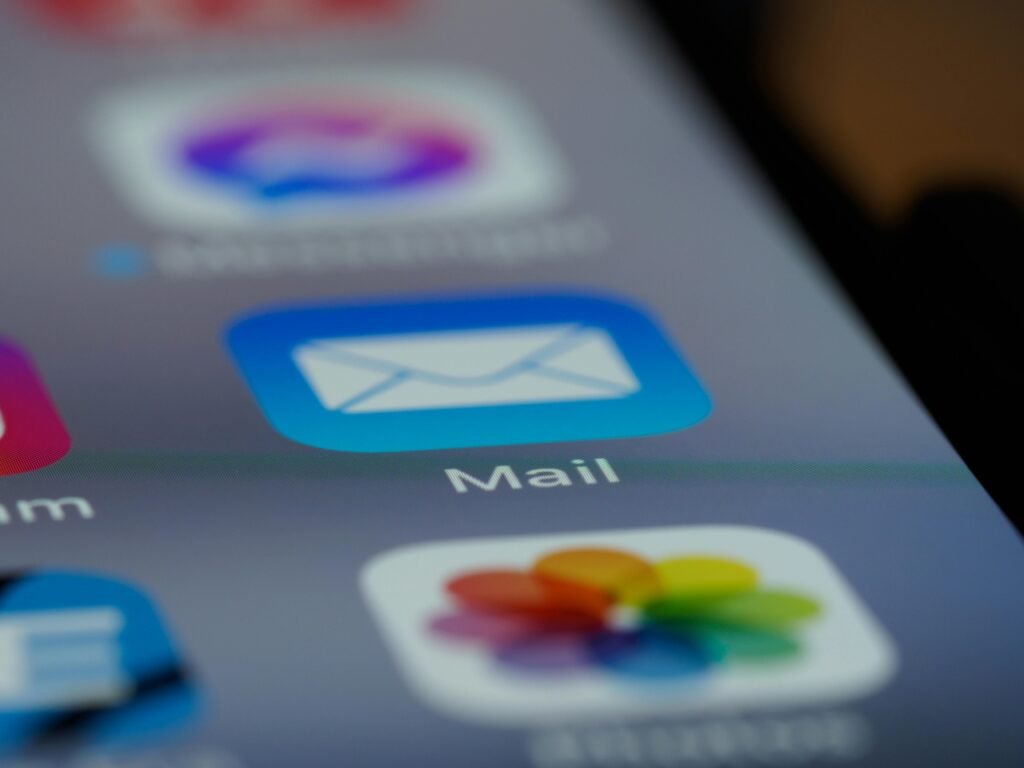How to Start Email Marketing for Your Business: A Beginner’s Guide
Email Marketing Business
Introduction
Email marketing is a powerful and cost-effective digital marketing strategy that allows businesses to connect directly with their audience. By sending targeted messages to subscribers, companies can build relationships, promote their products or services, and drive sales. With its high return on investment (ROI) and the ability to personalize campaigns, email marketing remains an essential tool for businesses looking to engage customers and grow their brand in a meaningful way. Whether you’re a small business or a large enterprise, email marketing can help you achieve your goals effectively.
How to Start Email Marketing for Your Business: A Beginner’s Guide
In the digital age, email marketing remains one of the most effective ways to connect with your audience, build lasting relationships, and drive consistent sales. It’s cost-effective, highly customizable, and yields an impressive average return on investment (ROI) of $36 for every $1 spent.Whether you’re a small business owner, entrepreneur, or marketer, understanding how to start email marketing for your business is essential. This step-by-step guide will help you launch successful email campaigns and grow your business.—
Why Email Marketing Is Important for Your Business
Email marketing goes beyond promotional messages—it’s a direct line to your audience. Here’s why it’s indispensable:
Cost-Effective: Unlike traditional advertising, email marketing allows you to reach hundreds or thousands of customers without breaking the bank.
Builds Relationships: By regularly communicating with your audience, you foster trust and loyalty.
Drives Conversions: Personalized offers and compelling calls-to-action (CTAs) can turn leads into customers.
Measures Success: Tools like open rates and click-through rates give you clear insights into performance.

Step-by-Step Guide to Starting Email Marketing
1. Choose the Right Email Marketing Platform
Your email marketing platform is the backbone of your campaigns. It manages your subscribers, helps you design professional emails, and tracks your results.
Popular platforms to consider:
Mailchimp: User-friendly for beginners with free plans.
ConvertKit: Perfect for creators with automated workflows.
HubSpot: Offers robust tools for growing businesses
2. Build Your Email List
Your email list is the lifeblood of your email marketing efforts. Start by attracting subscribers:
Add Signup Forms to Your Website: Include forms on your homepage, blog, or checkout page.
Offer Incentives: Provide free resources like eBooks, discounts, or exclusive content in exchange for email addresses.
Leverage Social Media: Share your signup link on platforms like Instagram, LinkedIn, and Facebook.
3.Segment Your Audience
Audience segmentation is key to personalization and better engagement. Divide your list into groups based on:
Customer behavior (new vs. returning customers)
Location or demographics.
Interests or purchase history.
4. Create High-Converting Email Campaigns
Crafting engaging emails is an art. Focus on:
Compelling Subject Lines: Keep them short and action-driven. Example: “Don’t Miss Our Exclusive 20% Off!”
Value-Packed Content: Share tips, stories, or promotions tailored to your audience.
Clear CTAs: Include a single, prominent call-to-action, such as “Shop Now,” “Learn More,” or “Download Guide.”
5. Design Mobile-Friendly Emails
Over 60% of emails are opened on mobile devices, so your emails must look great on any screen.
Use responsive design templates.
Limit the text length for easy readability.
Make buttons large and easy to tap.
6. Automate Your Campaigns
Automation ensures timely, relevant communication. Popular automated email types include:
Welcome Emails: Introduce new subscribers to your brand.
Abandoned Cart Emails: Remind users to complete their purchases.
Post-Purchase Emails: Encourage reviews or suggest related products.
7. Monitor and Optimize Campaign Performance
Track performance using metrics like:
Open Rate: Percentage of recipients who open your email.
Click-Through Rate (CTR): Percentage of recipients who click a link in your email.
Conversion Rate: Number of recipients who take the desired action (e.g., making a purchase).

Best Practices for Email Marketing Success
1. Stay Consistent: Establish a regular sending schedule, whether weekly, bi-weekly, or monthly.
2. Focus on Quality: Only send content that adds value to your subscribers’ lives.
3. Follow Legal Guidelines: Ensure compliance with email marketing laws like GDPR and CAN-SPAM.
Common Mistakes to Avoid
Sending Emails Without Permission: Always use an opt-in process to avoid being flagged as spam.
Neglecting Personalization: Generic messages often get ignored.
Overloading Content: Keep your emails simple and focused. Too much information can overwhelm readers.

Conclusion
Email marketing is an essential tool for businesses looking to grow and connect with their audience. By following this guide, you can build a loyal subscriber base, increase sales, and position your brand as a trusted authority in your industry.
Ready to start? Choose an email marketing platform, build your list, and launch your first campaign today. Success is just an email away!
